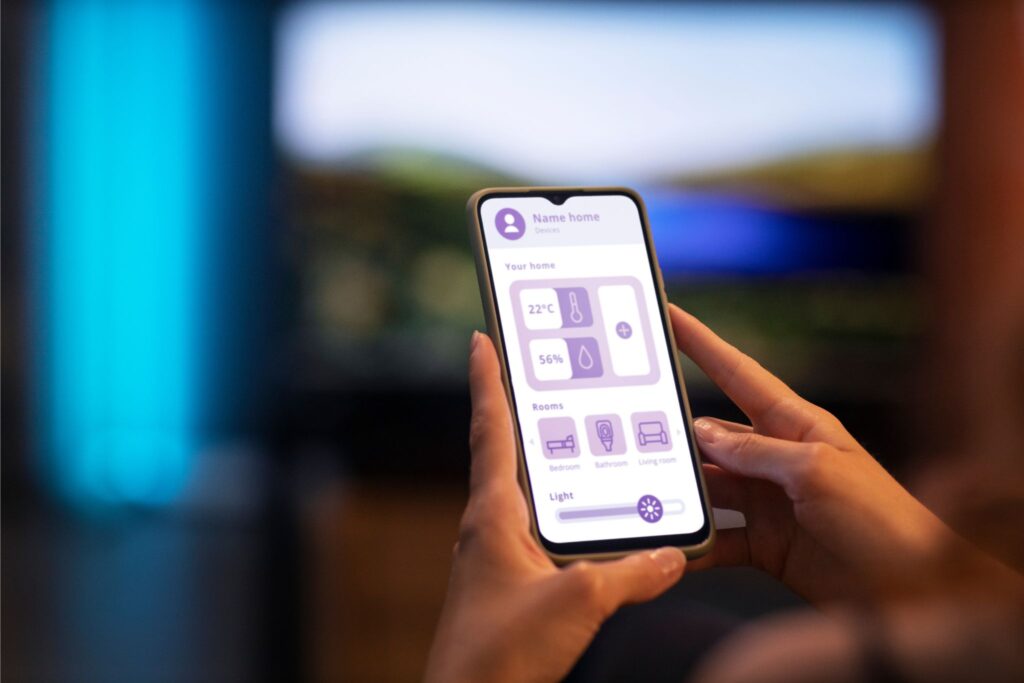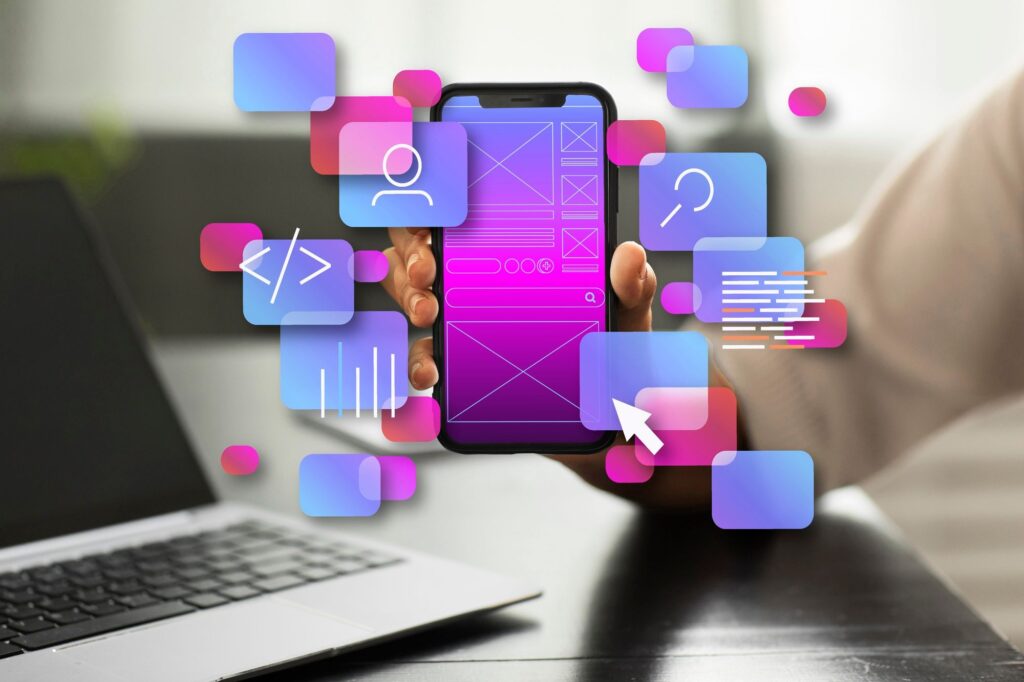How to prevent Mobile App crashes with testing
In this modern and advanced digital world, different mobile applications have become a vital part of our daily lives, whether it is entertainment or knowledgeable applications. Social media apps, e-commerce or e-banking apps, or entertaining content platforms, all such applications have been used by billions of people every day and it’s gradually rising.With the gradually rising usage of such apps, the app developers ensure the application’s stability and performance to grant its users the best experience. However, at times apps get crashed or malfunctioned which leads to a poor user experience, bad reviews, and disastrous loss in revenue generation. To avoid and prevent app crashing, mobile app testing has been used by developers, to create and launch stable and functioning apps. Mobile app testing includes the analysis of the functionality and performance of applications, their user experience and usage, and their working across various platforms. Developers with perfect testing strategies can create a flawless app without any crashes or errors and provide the user with a seamless and enhanced experience. Before getting into mobile app testing, let’s explore different types of application development services and companies. Services for applications like React Native and Flutter apps, which can be customized and launched, performing under different OS, either Android or iOS. Development of Custom Mobile Apps Customized Android application development For custom Android app development, different services and consultants provide developers and designers with the tools to craft a compatible and successful application for the Android platform. Today, the Android operating system is ruling the digital world, powering billions of electronic devices. Custom Android development companies offer various features, creative designs, user interfaces, Android app designers, developers, and strategies to transform and build a customized Android platform application. Customized iOS Application development For customized iOS apps, companies ensure a unique and best-customized app for the iOS platform. Such companies provide custom iOS app development services with innovative ideas, transforming them into intuitive and engaging iOS platform apps. Coding expertise and design planning and development tools are required to create a perfect iOS platform customized application to improve the Apple ecosystem. Not only iOS app development but also consultants cater to the needs of your customized iOS apps, such as app development and maintenance services and iOS push services. React Native Mobile Applications For React applications, there is a React native mobile app development company that provides services to app developers to create an intriguing React native mobile app. Currently, react applications like Facebook, Instagram, WhatsApp, and Twitter are all trending and popular all around the globe. Such applications are created by React native app development services given by several companies and consultants. A powerful feature of cross-platform makes the framework of react native very strong and flexible, modified with a single codebase. Flutter Mobile Applications Flutter mobile app development companies and firms can help you with different cross-platform mobile applications. Flutter is an open-source network that Google developed to create cross-platform mobile applications. This allows the developers to target multiple platforms with a single codebase that works on several platforms, including Android, iOS, web, desktop, and others. This unique feature minimizes their efforts to maintain separate codebases. Flutter mobile app development companies offer comprehensive services, including intuitive and interactive user interface designs, single and clean codes, app store optimization, and ongoing maintenance. Such offers and services make Flutter a powerful tool for mobile app developers. A well-organized strategy is essential for comprehensive mobile app testing, and now let’s move on to the main reasons for app crashes. Main Reasons for App Crash The significance of mobile app testing clearly shows how often the app crashes and it’s essential to know the main reason why crashes happen. There are multiple reasons for app crashes and we’ll discuss a few of them below: Bugs in code Several errors or bugs in the coding sequence cause the application to freeze, malfunction, or crash. Non-compatibility with OS With a massive amount of different mobile devices and operating systems, it is crucial for an application to be compatible with either Android or iOS or with both. If an app isn’t compatible with mobile devices, with different hardware or OS versions then it leads to performance errors and crashing. Memory leakage Some mobile applications are unable to manage memory which leads to leaking of it and that’s how the application’s performance starts to degrade and decline which causes it to crash. Poor quality network Mobile applications work with internet connections or network connectivity for data exchange. However, low-quality internet or weak network signals cause data loading issues and lead to application crashes. Depletion of Resources Excessive use of any resources like battery or CPU leads to depletion of that particular resource which leads to app malfunctioning and instability, and eventually crash. Incompatible User Interface It is disastrous for an app if its user interface is incompatible with different screen sizes and orientations that distort the display, instability, and cause crashes when users interact with the app. These are the clear reasons why an application undergoes crashes and malfunctions. Mobile app testing performs a comprehensive process to resolve every error or bug in different stages of app creation and prevent it from failing and crashing when users interact. Detects when an application crashes Now after we know the main reasons why an application crashes, a user should be able to detect app crashes and should be aware of what happens when an app crashes. When an application undergoes a crash it behaves differently and malfunctions, so let’s discuss such misbehaving features when an app crash: App discontinuation: Whenever an app closes or terminates suddenly, it indicates that the app is not responding and has been stopped. This behavior shows an app crash. Detect app crashes in Android For Android, there are crash reporting tools like Firebase Crashlytics, Sentry, etc which can be used by developers to capture crash reports. By those reports, you can detect the crash along with device information, stack traces, and information about the conditions at which the crash occurred. It







